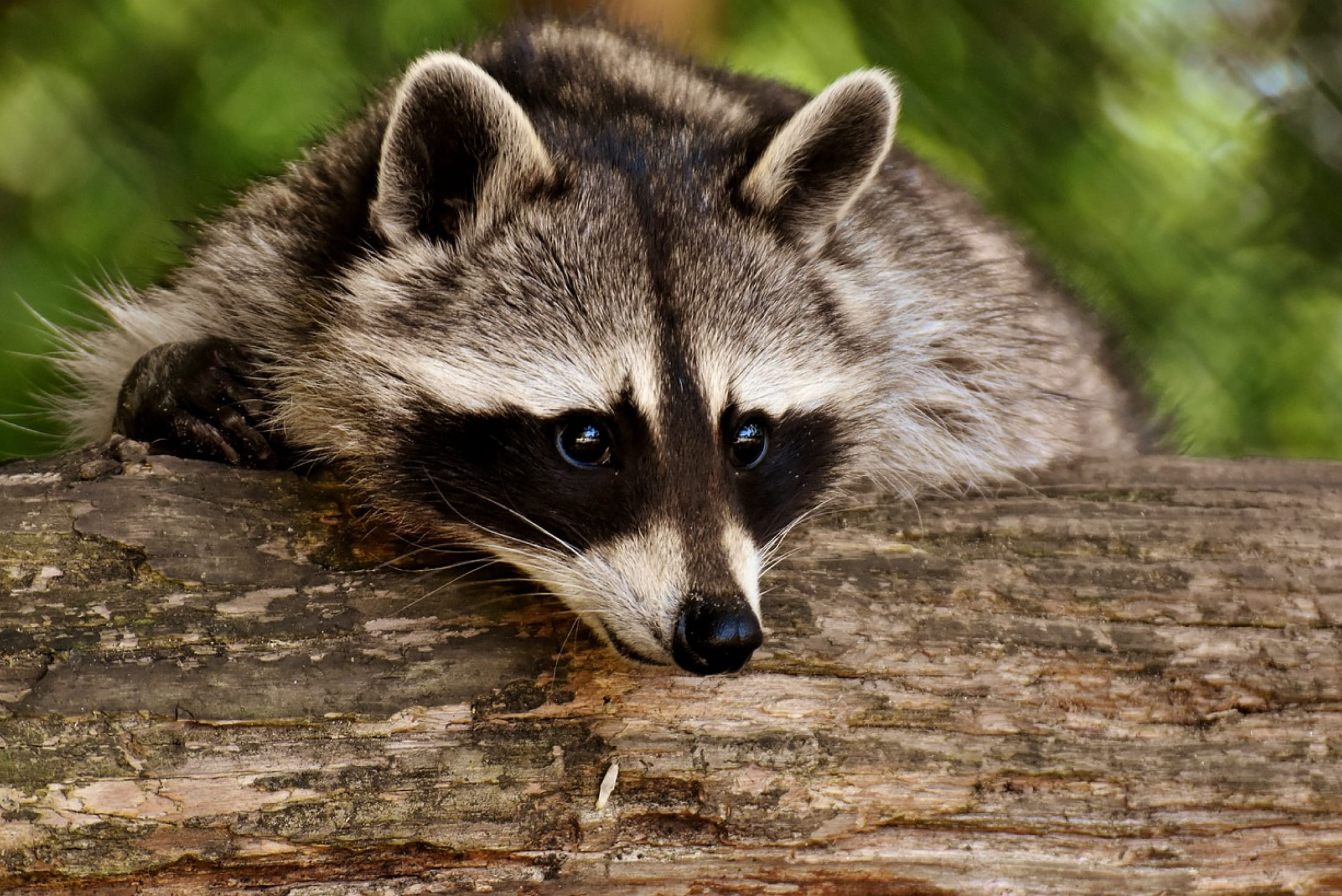How Zoos Engage the Local Community
Zoos serve as community hubs, offering local residents a place to learn about animals, nature, and conservation. Through outreach programs, volunteer opportunities, and community events, zoos foster a love of wildlife that extends far beyond their walls.
Seasonal Changes in the Zoo
Just like animals in the wild, zoo animals experience seasonal changes. Some species hibernate, while others become more active during certain times of the year. Visitors can observe how animals adapt to these changes, from fur thickening in winter to increased activity in spring.
Animal Communication in the Zoo
How do animals communicate with each other in the zoo? Whether through vocalizations, body language, or scent marking, zoo animals have various ways of interacting with their surroundings and each other. Visitors can witness these fascinating behaviors firsthand.
The Zoo as a Place of Refuge
For many endangered species, zoos provide a place of refuge from habitat destruction, poaching, and climate change. Zoos give animals a safe environment where they can live and reproduce, helping to ensure their survival for future generations.
The Future of Zoos in Conservation
As the challenges facing wildlife continue to grow, zoos are evolving to meet these needs. With a focus on sustainability, conservation, and education, the future of zoos lies in their ability to adapt and lead global efforts to protect endangered species.
The Science Behind Animal Enrichment
Animal enrichment involves providing animals with activities and environments that stimulate their natural instincts. From puzzle feeders to climbing structures, enrichment keeps animals mentally and physically engaged, promoting their overall well-being.
The Zoo’s Role in Combating Climate Change
Climate change poses a significant threat to wildlife, and zoos are stepping up to raise awareness and support climate action. Through educational programs and research, zoos help the public understand how climate change affects animals and what we can do to mitigate its impact.
The Zoo’s Contributions to Wildlife Health
Zoos are at the forefront of wildlife health, conducting research on diseases that affect animal populations. By studying animals in captivity, scientists can develop treatments and preventive measures that benefit both zoo and wild populations.
How Zoos Foster a Love for Wildlife
One of the zoo’s most important roles is fostering a love for wildlife among visitors. By creating opportunities for people to observe animals up close, zoos ignite curiosity and empathy, motivating individuals to support conservation efforts and protect the environment.
Zoo Partnerships with Conservation Organizations
Zoos often partner with global conservation organizations to tackle critical issues like habitat destruction, illegal wildlife trade, and species extinction. These partnerships strengthen conservation efforts and provide the resources needed to protect animals in the wild.
Habitat Preservation and Zoos
Zoos play a critical role in habitat preservation by educating the public about the importance of protecting natural environments. Each exhibit is designed to mimic the animal's native habitat, highlighting the need to conserve ecosystems worldwide and preserve them for future generations.






